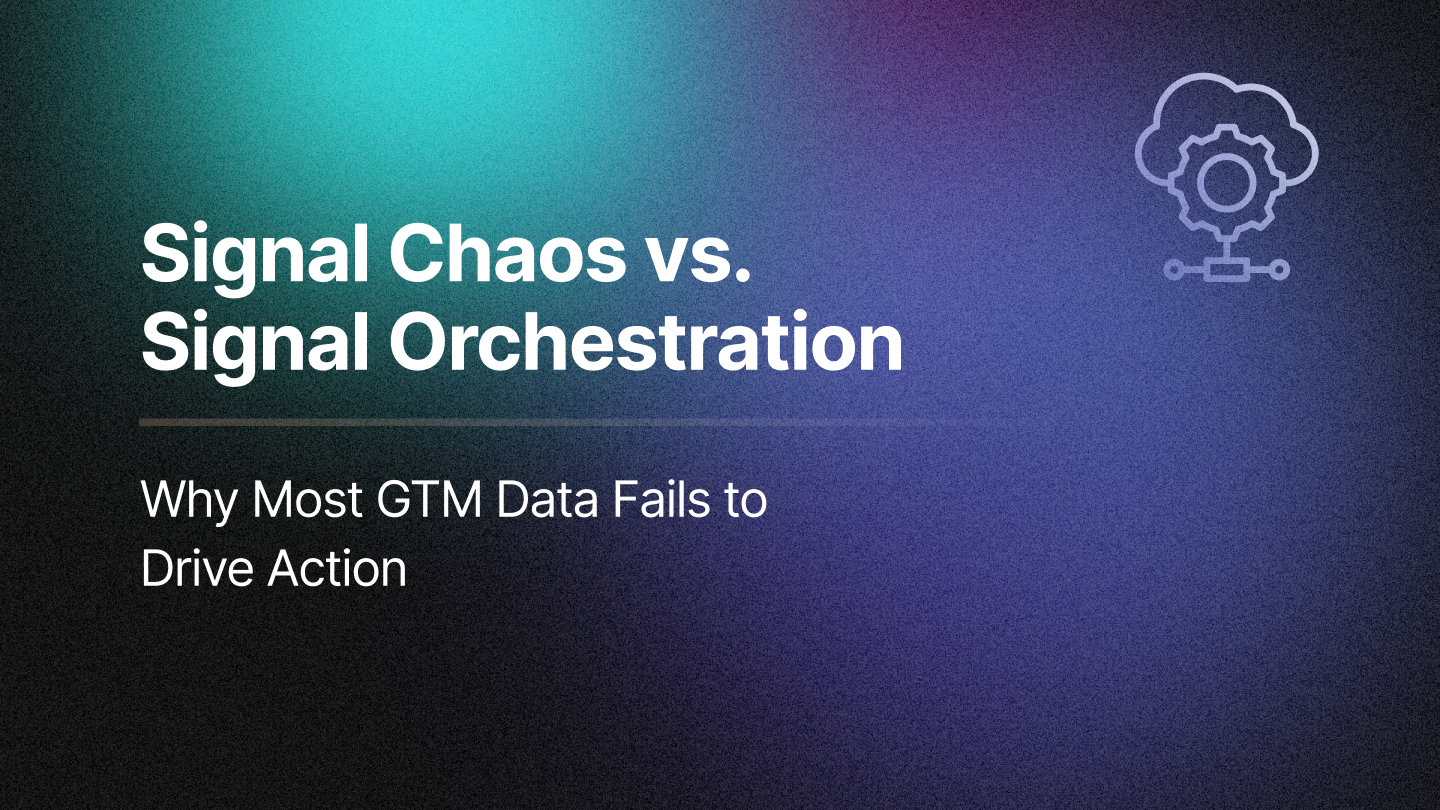The world of B2B marketing is hurtling toward 2025, bringing with it an even greater emphasis on understanding how every effort, channel, and message contributes to revenue growth. Simply measuring performance is no longer enough in a space defined by intricate buyer journeys, longer sales cycles, and an ever-expanding array of tactics. Attribution must evolve beyond a retrospective assessment of what happened—it must become a forward-looking driver of strategic decisions that align marketing with broader business objectives.
Could attribution be the key to unlocking new levels of clarity, alignment, and impact in the coming years?
B2B Marketing in 2025: Complexity Meets Opportunity
By 2025, B2B marketing teams will be juggling more complexity than ever before. Advanced attribution adopters will already be reporting better insights into their pipeline along with improved ROI. With prospects conducting extensive research anonymously and engaging with brands across multiple platforms—often before ever speaking to a salesperson—marketers must connect the dots across a fragmented journey.
Meanwhile, revenue teams need to trust the data guiding their decisions, ensuring resources are directed toward high-impact initiatives that drive growth.
Beyond Measurement: Attribution as a Strategic Driver
Historically, attribution has been treated like a scoreboard—useful for understanding which channels perform best but with untapped potential. In 2025, this perspective will feel antiquated. Attribution will not only measure impact but also help shape it, guiding organizations toward smarter investments, more effective content strategies, and tighter integration between marketing, sales, and revenue operations.
Informed Budget Allocations: When attribution provides a holistic view of the buyer’s journey, it reveals where marketing dollars truly matter. Rather than investing in high-volume, low-impact channels, teams can direct resources to initiatives that consistently contribute to revenue, creating a virtuous cycle of efficiency and effectiveness.
Strategic Content Development: By highlighting which interactions resonate most with buyers at each stage, attribution helps content teams craft more relevant and timely messaging. Content isn’t produced in a vacuum; it’s refined based on real data about what closes deals and accelerates pipeline.
Cross-Functional Alignment: Aligning marketing with sales and RevOps teams becomes more natural when everyone can see the full picture. With attribution insights, sales will understand which leads have experienced the most influential touchpoints, RevOps can forecast more accurately, and marketing can refine strategies based on revenue contribution rather than vanity metrics.
Aligning Attribution with Broader Business Objectives
The most successful B2B organizations in 2025 won’t just view attribution as a way to congratulate themselves on successful campaigns. Instead, they will embed attribution into their strategic planning cycles.
Revenue Growth: Attribution data clarifies which marketing efforts consistently move leads from awareness to opportunity, helping revenue teams invest in the tactics that convert and nurture accounts showing genuine buying intent.
Efficiency Gains: As reports from LinkedIn Marketing Solutions (2019) and the Aberdeen Group (2018) suggest, deeper insight leads to better time and budget allocation. Instead of spreading efforts thinly across too many channels, teams focus on those that truly deliver pipeline impact.
Long-Term Strategy: With attribution’s continuous feedback loop, marketing doesn’t just react to immediate outcomes—it anticipates future trends. This forward-looking approach ensures that each campaign’s learning refines the next, driving sustained growth over time.
Check out our unique POV on the future of B2B Attribution.
Empowering Every GTM Team with Actionable Insights
The real magic of attribution in 2025 lies in its ability to empower every GTM stakeholder. Marketing leaders can validate their strategic bets, sales teams gain a roadmap to high-potential leads, and RevOps professionals receive accurate signals to fine-tune forecasting and resource deployment. Ultimately, this shared understanding dissolves the traditional silos that impede growth.
It’s not about adding another dashboard or piling on more metrics. It’s about making data smarter—turning attribution into a capability that informs critical decisions, inspires innovation, and drives measurable business outcomes.
Building for the Future
As we move deeper into 2025, the organizations that thrive will be those that treat attribution as more than just measurement. They will recognize its strategic potential as a unifying force, a guidepost that points every GTM team toward common goals and shared definitions of success. Rather than being consumed by complexity, they’ll harness it—using attribution to illuminate the best path forward.
Related Blogs








